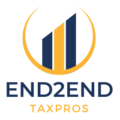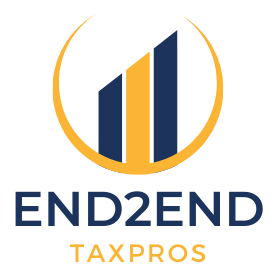- Why Getting a Big Tax Refund by Overpaying Taxes is a Bad Idea - September 17, 2023
- “What Can I Write Off?” | Tax Tips for Sole Proprietors - August 1, 2023
- Understanding Tax Allowances and Withholding - July 7, 2023
For many employees, the concept of allowances has been one of the most perplexing aspects of calculating one’s income tax. Here is some essential information on allowances and how they coincide with calculating income taxes, in addition to some recent changes made to tax withholding in 2020.
Tax allowances are claimed by an employee so that the employer knows how much income tax to withhold from the employee’s paychecks. Whatever is withheld by the employer is paid to the IRS on the employee’s behalf. The specific number of allowances an employee is claiming will be recorded on Form W-4, which the IRS titles the Employee’s Withholding Certificate (although most workers refer to it simply as “the W-4”).
How Tax Allowances Work
When it comes to how tax allowances work, there are two primary rules of thumb to understand:
- The more allowances an employee claims, the less income tax is withheld from the employee’s pay.
- The fewer allowances an employee claims, the more income tax is withheld from the employee’s pay.
Here are more important things to know about tax allowances.
Allowances Should Reflect Your Status
Allowances are reflections of your real-life status. On the W-4 form, the Personal Allowances Worksheet walks you through the process of claiming allowances for:
- Being single.
- Being married and filing jointly.
- Being head of household.
- Wages from a second job, if they are $1,500 or less.
- Eligible child tax credits.
It’s a bad idea to claim allowances for statuses that do not reflect your real life (for example, claiming four or five allowances as a single person). In addition to being dishonest, it will likely result in a large tax liability when you file.
Children Are Not Allowances
Your dependent children and other dependents are not allowances; rather, they are exemptions. Exemptions are used to reduce your total taxable income per federal and state guidelines. Here’s the difference:
- An allowance is used by your employer to calculate how much to withhold from your paycheck for taxes.
- A dependent exemption is used on your tax return to reduce your taxable income and calculate your overall tax liability.
Claiming more allowances than you need does not reduce your overall tax liability. That brings us to another important fact on tax allowances.
More Allowances = Lower Refund
Sometimes, employees claim large allowances in order to get more take-home pay. It’s understandable why you may want to do this, as it would generate more monthly income from your paycheck. However, the reality is this: The more allowances you claim on your W-4, the lower your tax refund will be. Some workers claim so many allowances that they end up owing substantially at tax time; had they made sure their allowances accurately reflected their real-life statuses, this may have been avoided.
How Tax Allowances Changed for 2020
In December 2020, the IRS W-4 form underwent some changes to simplify the withholding process before people began filing their 2020 taxes. The new form, the 2021 W-4, has more straightforward questions for you to answer that will help your employer determine your tax withholding.
The biggest change you will notice is that allowances have been replaced altogether. Instead of claiming allowances, the new form asks employees questions that provide employers the information they need to withhold the accurate amount from each paycheck for taxes.
Keeping Your 2019 Tax Withholding
- If you are working for the same employer as when you filed your 2019 taxes and you are happy with your current withholding, you should not have to fill out a new W-4 form unless your employer requires it (some employers may do this).
- If it isn’t required, and you wish to leave your withholdings as-is, your employer can maintain your 2019 withholdings.
- If you want to adjust your tax withholdings, you will have to complete a new W-4 form.
- If you started a new job after 2019, you will have to complete a new W-4 form.
For more specific advice on tax withholding or tax preparation services, call End2End Solutions today. When you contact us to discuss personalized tax strategy, we will gladly provide you with a free tax consultation.
About End2End Solutions
End2End Solutions is a Southern California financial services company that offers affordable, customized tax preparation solutions for people like you. Our team works year-round to meet the needs of individuals and small businesses who need professional tax service and financial consulting. We provide clients with personalized coaching and other wealth building strategies to empower financial prosperity.


